Madeira N 32 38 W 16 54

Gryphon II
Chris and Lorraine Marchant
Fri 18 Sep 2009 22:26
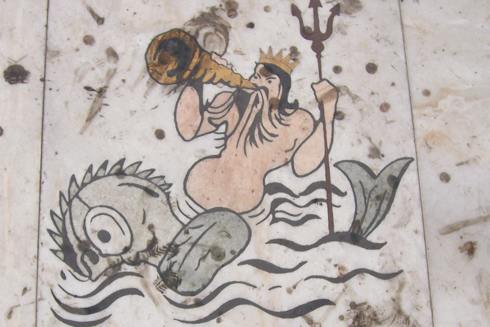 We left Baia d'Abbra not quite sure where to go next. A
new marina complete with a newly built resort lies at the eastern end of the
island but offers little beside a quiet berth and a secure mooring. After some
thought, we decided to risk the capital Funchal, which has had a small marina
built in the harbour since we were last here but where space is at a premium and
there are only 3 visitor berths so visiting boats can be rafted up 4 deep
against the wall. Outside anchoring is restricted to one of the most rolly areas
of the harbour and we need a break from rolling for a few nights! We continued
on along the dramatic coastline with its steep cliffs and Madeira's airport
with a runway that skirts the sea cliffs and then is built largely on stilts out
over the sea.
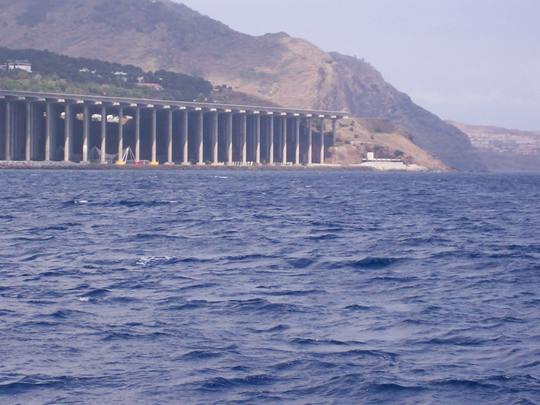
 We arrived at Funchal in good time only to find the
anchorage very rolly indeed with boats pitching as well as rolling heavily.
We made for the marina which is tiny; we had phoned ahead and had been
warned that there might be lack of space so we might have to raft to
others. However, a friendly harbourmaster directed us into a perfect
stern-to berth in a corner of the marina, the berth holder's boat was out of the
water for repairs after an accident at Islas Desertas some miles off. We were
soon ashore exploring this delightful city, trying to recognise places we
had seen years ago. The building we recognised first was the palace San
Lourenco where the National Guardia keep sentry and changing the guard
takes place every now and then. It was here in the gardens years ago, we had
released a small frog that had been washed up in our cockpit after heavy rain
had caused the three ravines which cut through the city to flood into the
harbour. The ravines are deep, wide and walled, sometimes going underground and
with little water visible as it trickles through until there is heavy rain. The
tops of the ravines are often trelliced over and strewn with honeysuckle, roses,
bougainvillea and others, the odd stray banana plant pokes its head through from
its foothold in the banks below.
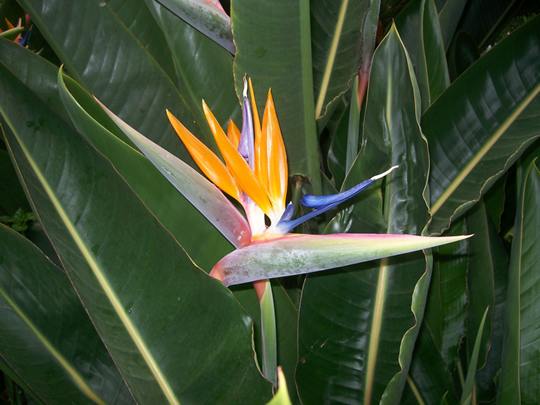 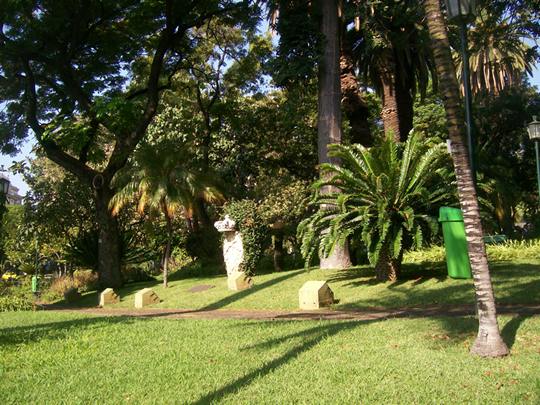 There is a wonderful mixture of decorative black granite
and white marble pavements, beautiful buildings, quiet gardens,
fountains and tree lined avenues. Unlike Lisbon there is not a smidgen of
graffiti to be seen, the streets are clean and a pleasure to walk
especially in the evening when everyone is out for a promenade. Tourism is
clearly important to the town but does not totally dominate it despite the
enormous cruise ships that regularly disgorge their cargos of tourists. In fact
a lot of the cafes and restaurants seem empty, taxis stand idle and many of the
hotel verandahs and bathing platforms were empty when we sailed past on the way
here. It seems that the island may be badly affected by the
recession.
The plants here are just extraordinary - anything grows it
seems, from the most temperate to the most tropical depending where you are on
the island as it rises up from the sea to 6,000 feet. It was 35 degrees when we
returned to the boat today after a day in the cooler air half way up
a mountain. We had seen roses, chrysanthemums and busy lizzy as well as
tropical tree ferns, hibiscus, mangos, maracuja (passion
flower), pomegranate and masses of bougainvillea.
    We visited both the Botanic Gardens and a Tropical Garden,
they picked out the variety and abundance of Madeira's plants that contribute to
its economy: herbal, medicinal and horticultural. From tropical to temperate
blooms there were lilies of every description, orchids, succulents, birds of
paradise plants,irises, exotic fruits of every kind including philodendron which
we had never seen before, a veritable Garden of Eden. We
travelled by hair-raisng bus for part of the journey and by vertiginous
cable car for another part. The views across Funchal are stunning. The land
quickly rises to over 500 metres even within the suburbs of Funchal. The
hillsides are cut by the deep ravines which force the roads to twist and turn
or,in the case of the new road along Madeira's southern shore alternating
between tunnels and viaducts.
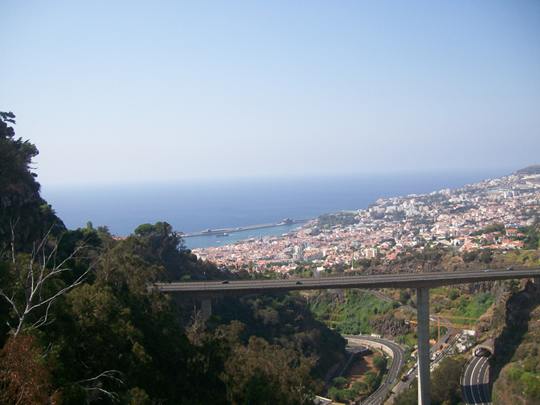 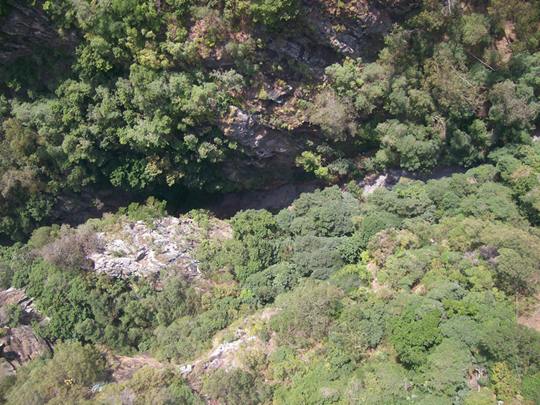 Whilst in Funchal we did a number of Levada walks, the
waterways constructed to harness the natural springs for irrigating the terraces
where all the produce is grown. These photos give you some idea of the
secenery. Parts of our walks took us through the indigenous laurussilva
forests which are rare throughout the world and these forests are now classified
as a world heritage sites by UNESCO. Some levadas that we traversed worked
their way through rather scenic caves and tunnels; one was dark and dripping
with unpleasant overhangs that pushed at the shoulders so that we had to crouch
our way through its 500 metres with a useless wind up torch and our
cameras to light the way. I'm sure the Madeirans would have thought us mad to go
in but we enjoyed it, especially getting out at what was the low
end!
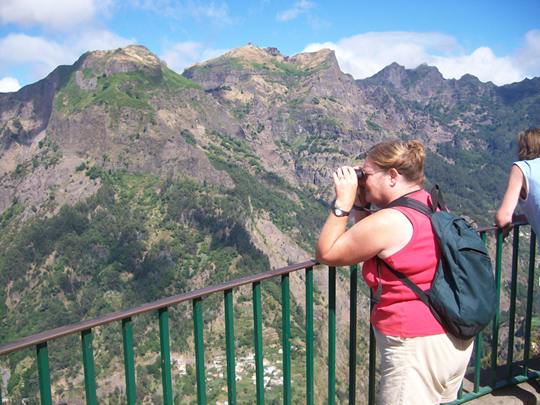 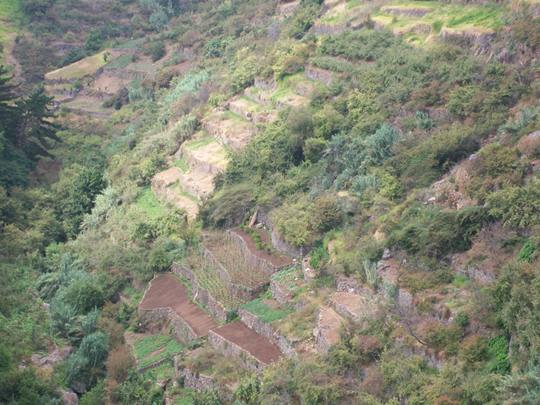 th th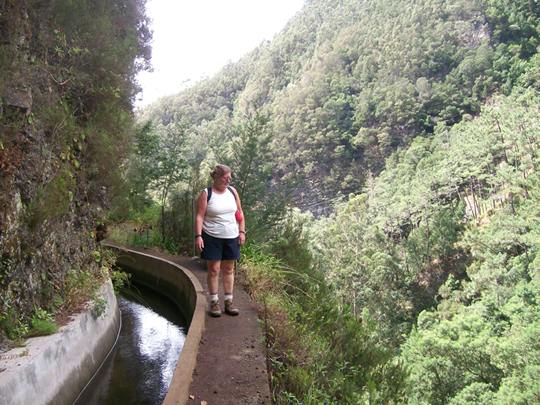 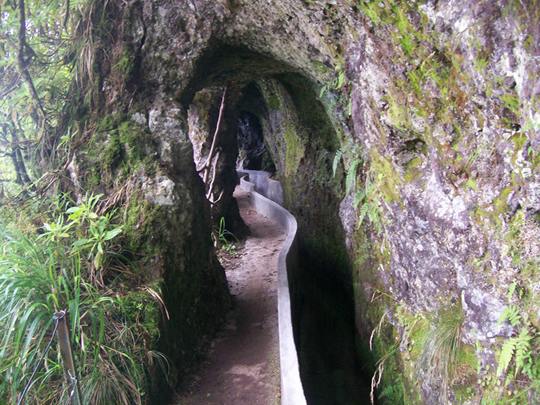 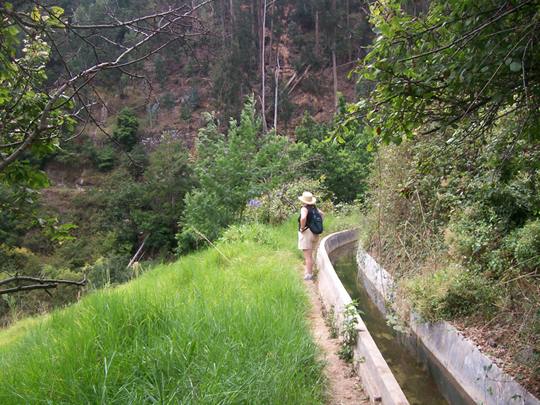 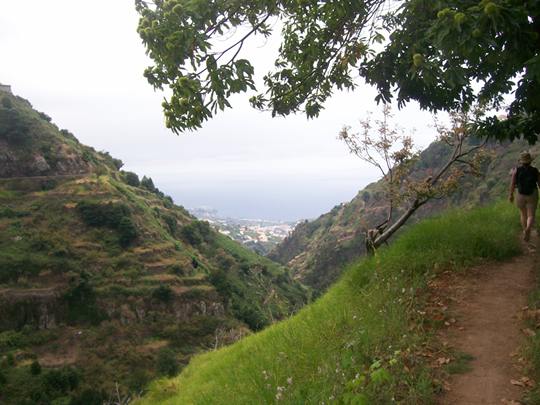  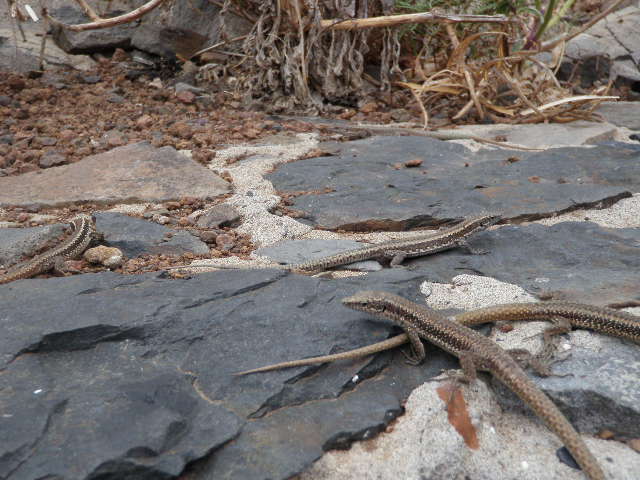 It does seem strange that with the huge diversity of plant
life everywhere, other than its birds and insects, Madeira has only 2
indigenous animals: the lizard and the bat; all other species have been
introduced either deliberately or accidentally as in the case of the
rat.
 |